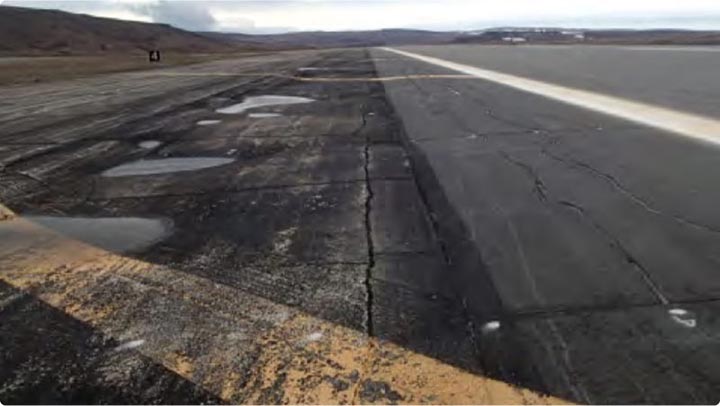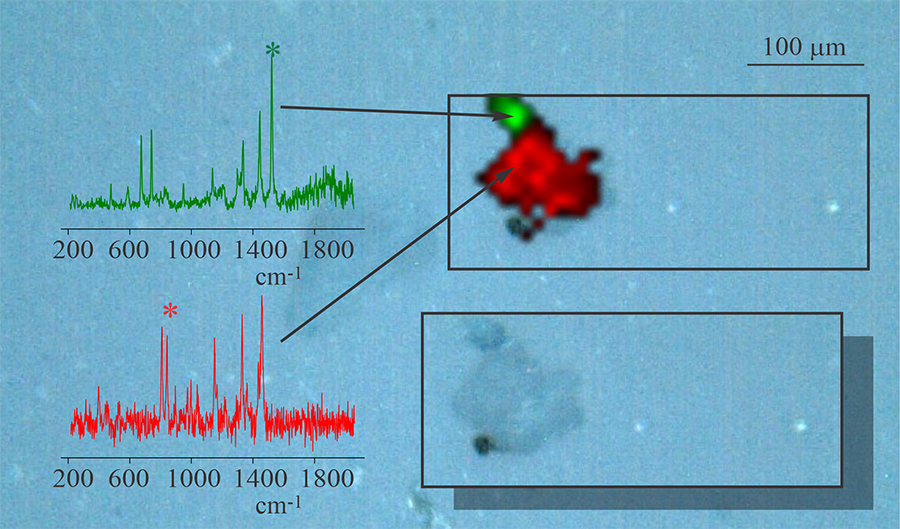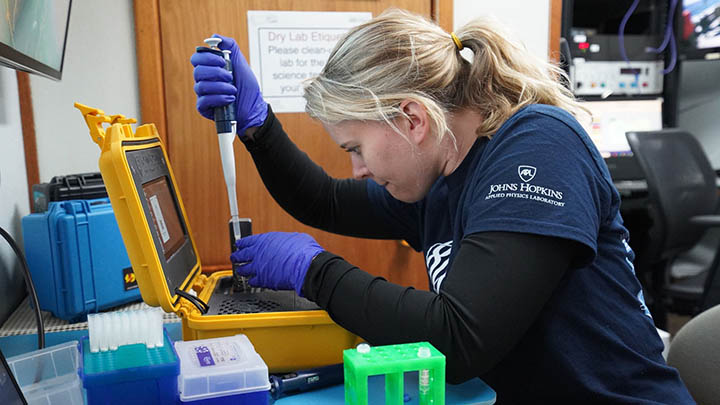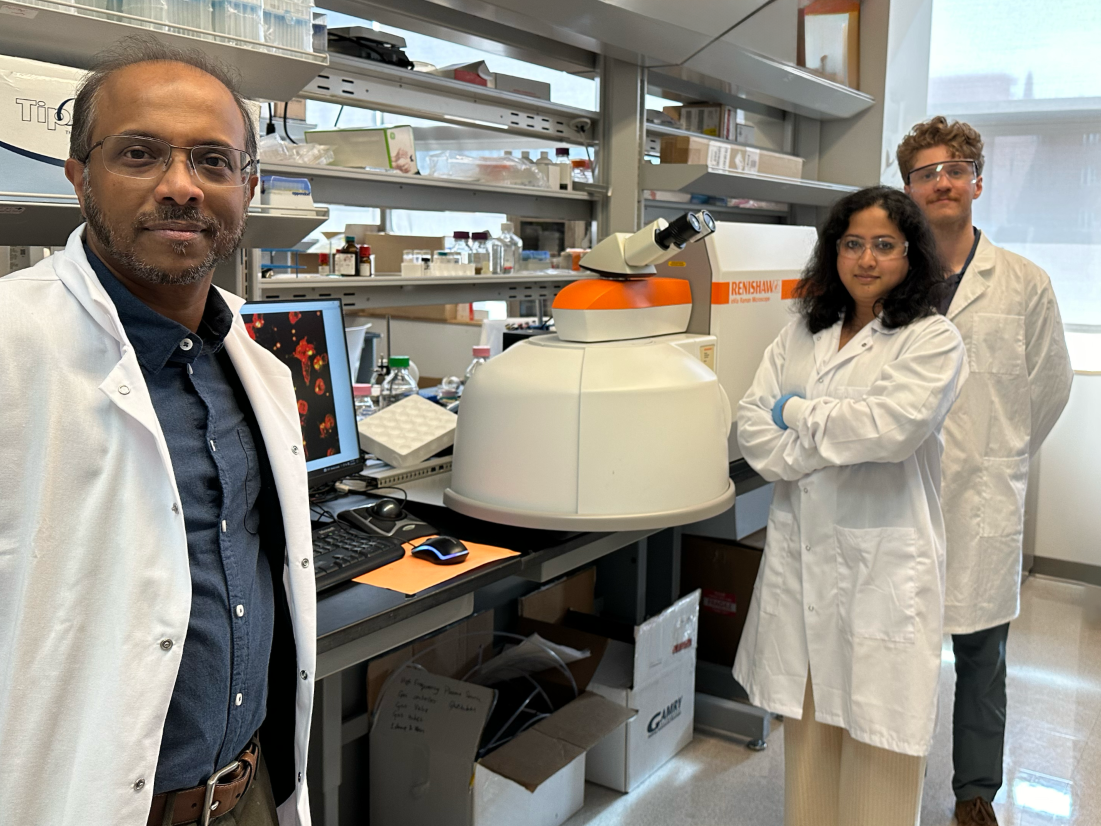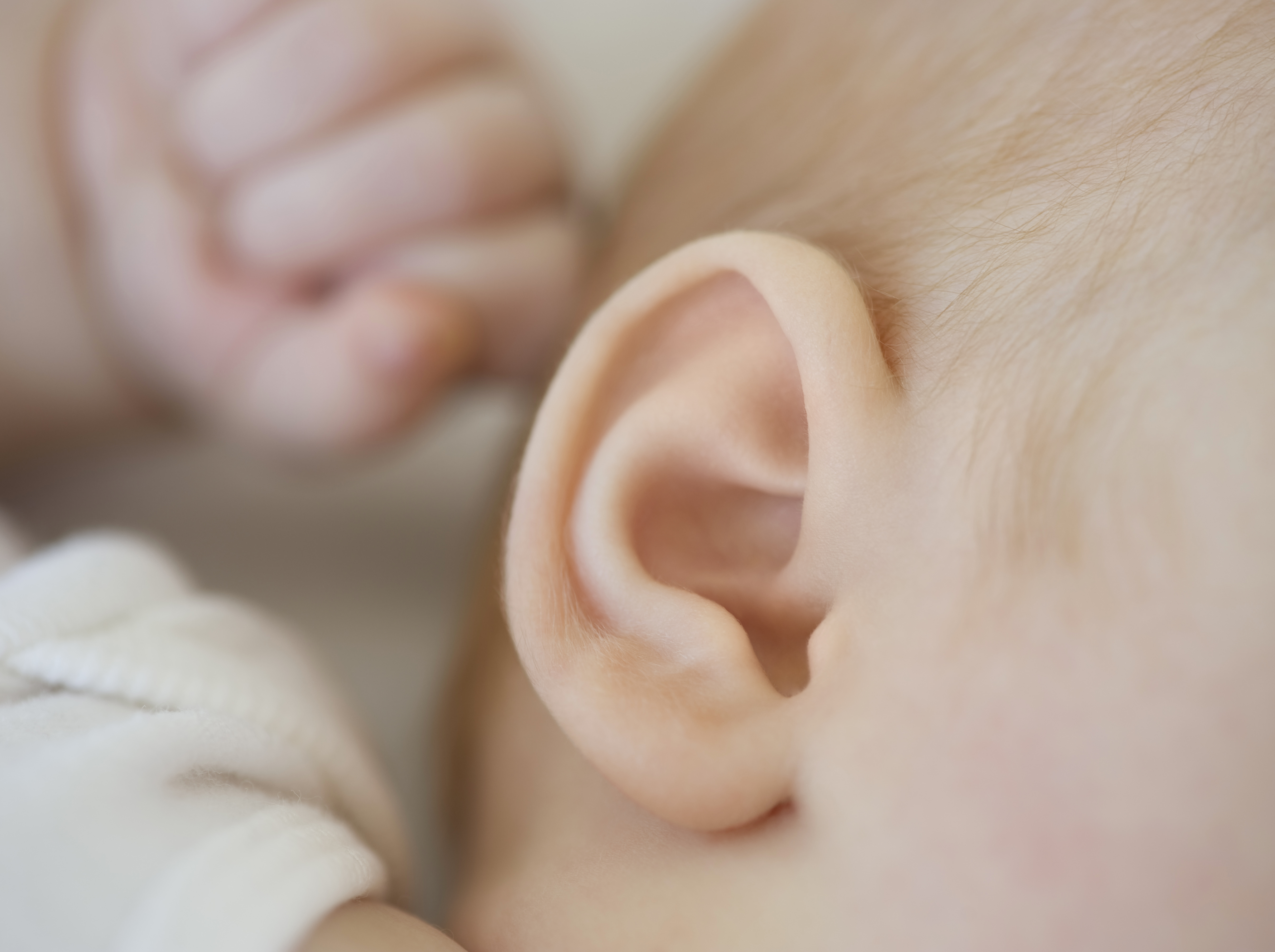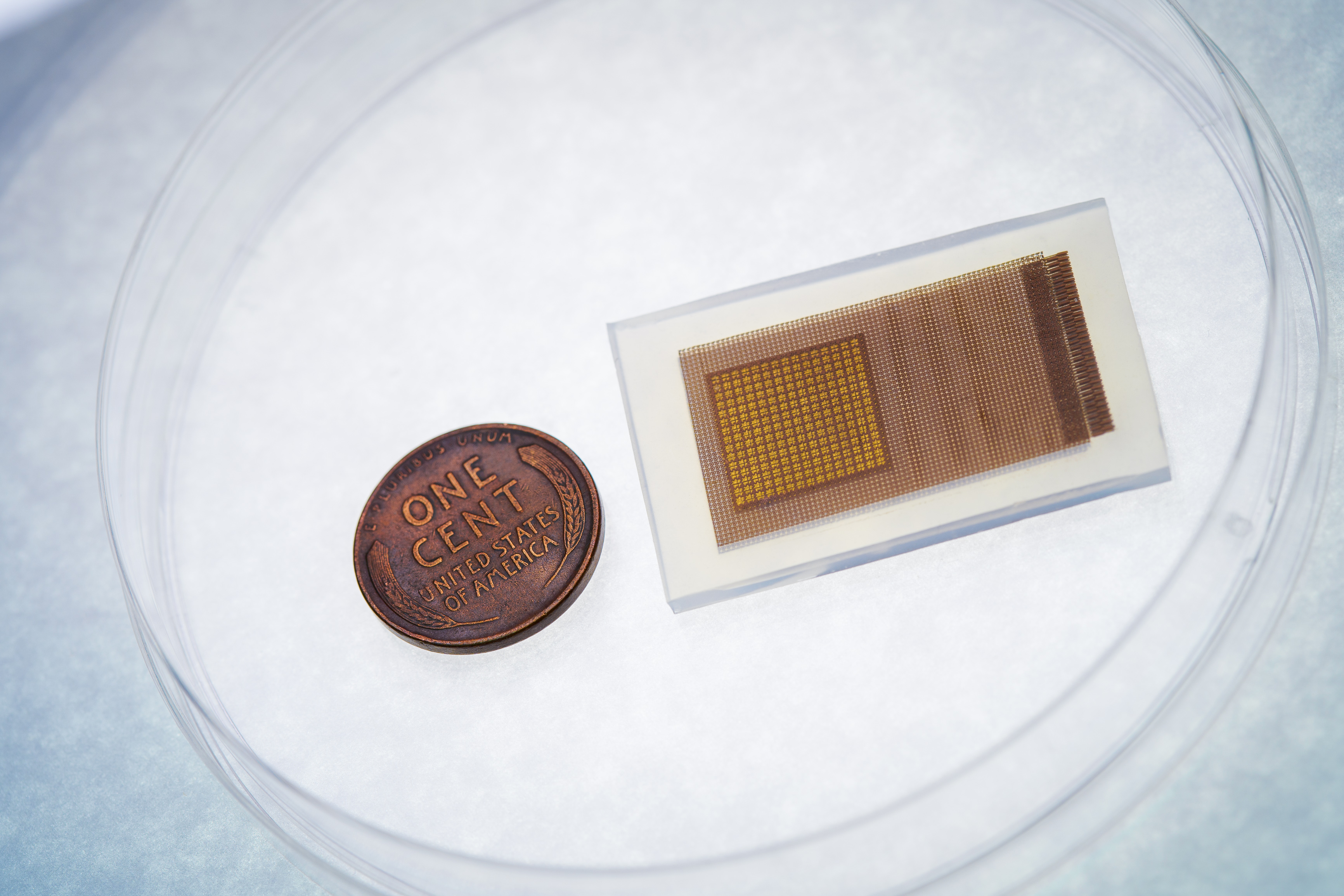When the Danish bulk carrier Nordic Orion set sail on Sept. 17, 2013, from Vancouver, British Columbia, on a journey to Finland, it set a course for a groundbreaking journey. Rather than turn south to pass through the Panama Canal, it headed north to traverse the Northwest Passage, a winding sea route through the archipelago off Canada’s north and east coasts.
